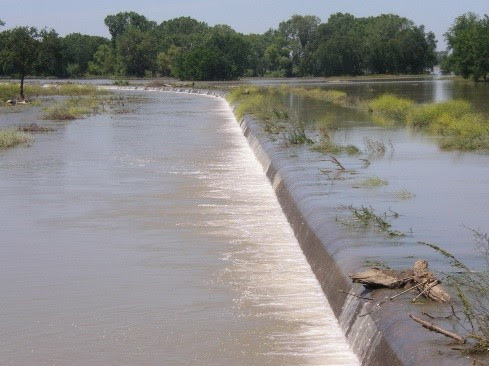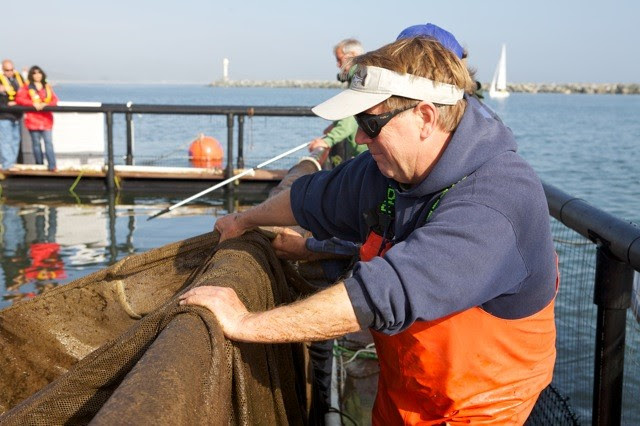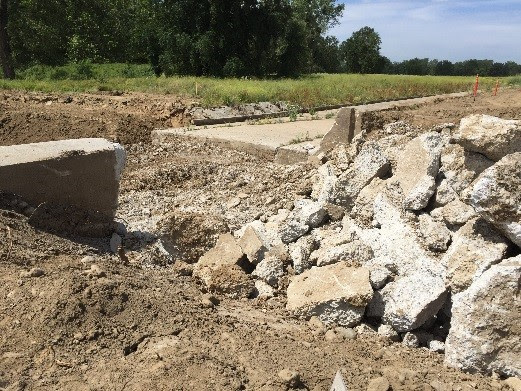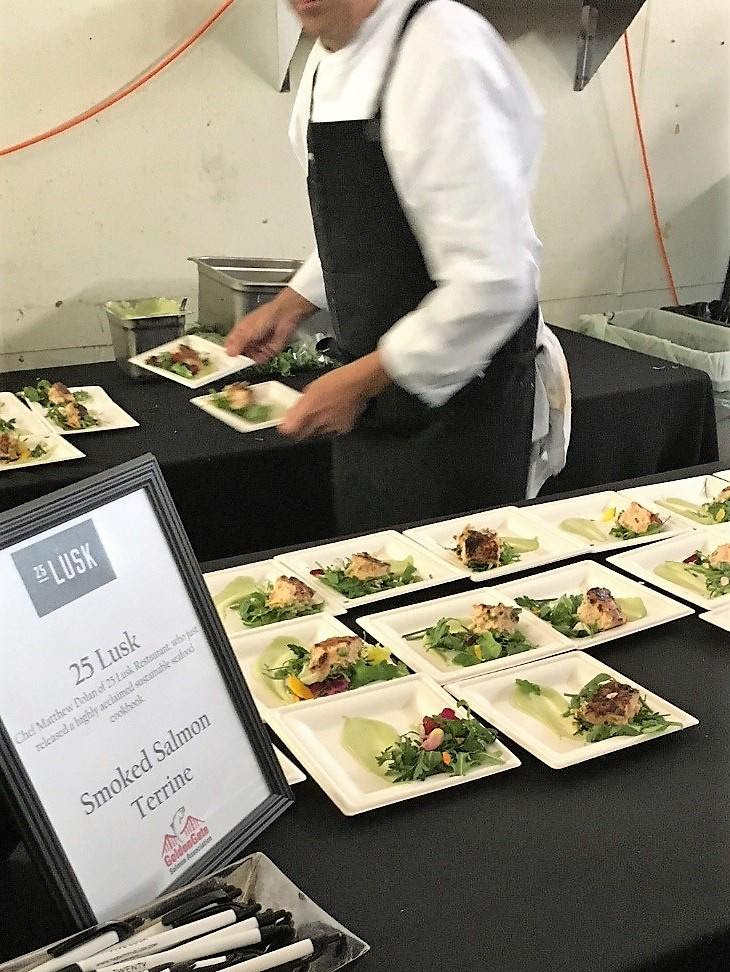From Sportfishing
Fish Report for 6-6-2018
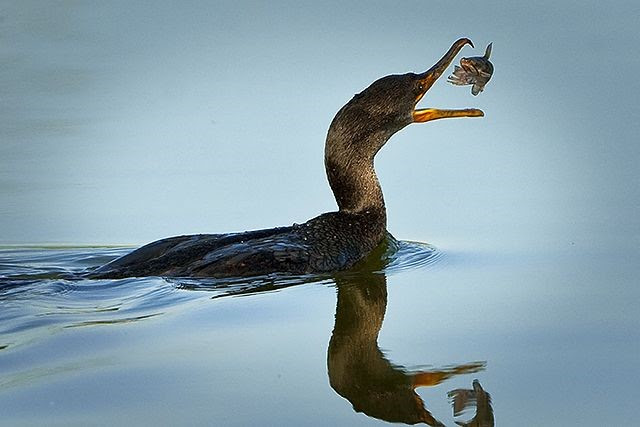
Salmon live, salmon die, what GGSA is doing about it
6-6-2018
GGSA Staff
Three days is a disaster, more CDFW tanker trucks needed
In the last issue of our GGSA Newsletter, we told you the California Dept. of Fish and Wildlife reversed course and agreed to truck Merced hatchery salmon after GGSA reminded the department that fish forced to swim past the Delta pumps died. (The Merced River is a tributary of the San Joaquin River and all San Joaquin River fish have to swim past the pumps, which less than five percent survive). After winning the argument we lost the battle. These fish were released on the third day of a massive hatchery release which cost them their lives. Coded wire tags implanted in hatchery fish have revealed that those released on day one and two of a release survive. By day three, the predators have figured out what's going on and decimate them. That's what happened to the Merced hatchery fish according to eye witnesses. GGSA continues to press the case with CDFW for a strict two day release schedule, resting the release site for at least five days before resuming releases.
Since there are millions of hatchery salmon released in the Delta and bay every year, and an average tanker truck load is just over 100,000 baby salmon, lots of tanker trucks are needed to take best advantage of the two day release strategy. In addition to the two day release strategy, hatchery managers have determined that releases late in the day are critical to minimizing bird predation on the baby salmon. Oh... and an outgoing tide is handy too, further limiting when releases can occur.
Currently, CDFW is about two trucks shy of what some say is needed, along with a shortage of staff and extra net pens to accommodate the releases. Acquiring two more is a high priority now. GGSA worked hard within the state capitol while the state budget process was at fever pitch to see that money was set aside to buy a few more trailers. As of this writing, it's not yet clear whether these efforts will pay off but if they don't, we'll look elsewhere to solve the problem.
Ft. Baker release runs into problems
Another tactic to increase survival of hatchery salmon is to move the release site as close as possible to the ocean. So more fish are now being released right at the Golden Gate Bridge. But in May something went wrong with one of the loads. Dead fish floated on the water at the release site and others died after hitting the water in a highly weakened state. Part of the problem might have been overcrowding of the fish in the tanker trucks where dissolved oxygen, temperature, and salinity all play a role in keeping the fish healthy. Another part might have been the handling the fish at the Feather River hatchery leading up to the loading of the trucks. They're fragile at this stage of life and need care in handling. Much criticism was leveled at CDFW on social media as photos of the dead baby salmon circulated. Sources within CDFW say the problem has been addressed and we can expect to see healthy fish released going forward. We're counting and depending on it.
More net pens coming?
Key floodplain made more salmon friendly
This will lead to more...
... Of this
GGSA has steadfastly pushed to lower or notch a low elevation concrete dam called the Fremont Weir that regulates when Sacramento River floodwaters wash into the Yolo Bypass. For years scientists have told us that when the Yolo Bypass floods, sucking in floodwaters full of baby, salmon survival increases. The baby salmon find ideal feeding conditions in the flooded bypass which is full of small bugs baby salmon love to eat. Lowering or notching the weir to allow more frequent and prolonged spring flooding has long been recognized as a key to greater Central Valley salmon productivity. In fact, the federal government required it in a set of rules released in 2009. After nine years, those responsible have taken the first concrete steps towards making this happen. In late May a ceremony was held to mark the lowering of a channel from the Sacramento River to the weir and the notching of the concrete weir to allow more frequent flooding.
Top chefs rally for GGSA
How's the season, where are they? Eureka!
After early promising catches in Monterey Bay followed by some fish caught on the line at Pigeon Point, the early season salmon bite slowed. More recently, fishermen out of SF rock fishing near the Farallon Islands reported multiple salmon hookups while lowering live bait to rock fish.
Sport fishing opened north of Eureka on June 1 and limits of smallish fish have been the norm. Commercial fishermen, fishing since May 1 on monthly quotas in the far north of the state, are now reportedly catching their 20 fish daily limits of mostly small fish.
Soon enough sport fishermen will get a good idea, weather permitting, of what the rest of the coast has to offer after the June 17 sport opener from Pigeon Point north.
SAVE THE DATES:
Ladies day fishing
GGSA's Cat Kaiser will lead a ladies only fishing trip on a comfortable SF bay area charter boat August 17. Keep an eye on the GGSA website for details to come.
Santa Cruz dinner
GGSA will hold a fundraising dinner at the Santa Cruz Elks Lodge September 21. Johnson Hicks Marine Electronics owner, and GGSA board member, Joe Donatini is graciously chairing the dinner committee working to put on this dinner. Details to follow on the GGSA website.
GGSA is fighting on multiple fronts to protect, restore and rebuild our salmon runs. You can help by donating to GGSA. Donate HERE!
The Golden Gate Salmon Association is a coalition of salmon advocates that includes commercial and recreational salmon fisherman, businesses, restaurants, a native tribe, environmentalists, elected officials, families and communities that rely on salmon.
GGSA’s mission is to restore California salmon for their economic, recreational, commercial, environmental, cultural and health values.
Currently, California’s salmon industry is valued at $1.4 billion in economic activity annually in a regular season and about half that much in economic activity and jobs again in Oregon. The industry employs tens of thousands of people from Santa Barbara to northern Oregon. This is a huge economic bloc made up of commercial fishermen, recreational fishermen (fresh and salt water), fish processors, marinas, coastal communities, equipment manufacturers, the hotel and food industry, tribes, and the salmon fishing industry at large.
Photos
< Previous Report Next Report >
More Reports
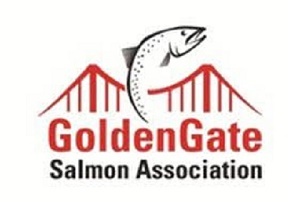
12-5-2017
The Golden Gate Salmon Association (GGSA) hosted its 4th Annual Sonoma Dinner Thursday evening, November 9 at the Cornerstone Event Center. The sold-out...... Read More
GGSA Update for December 2016
Feather River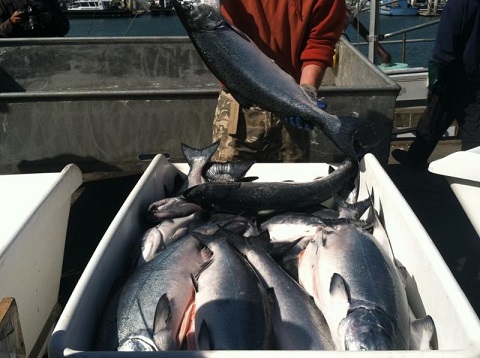
12-17-2016
Anti-Salmon federal bill passed, GGSA working to deflect damage GGSA is working to defend Central Valley salmon based on the state's...... Read More

Website Hosting and Design provided by TECK.net
